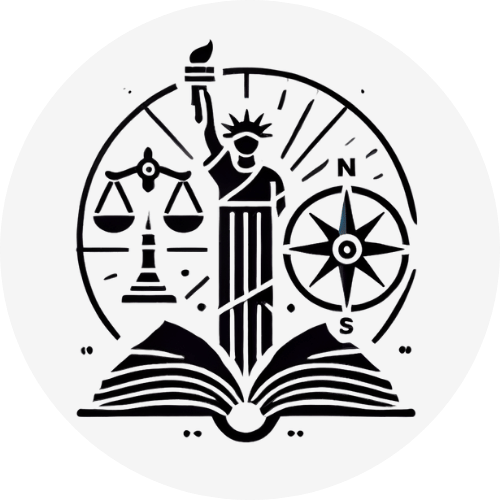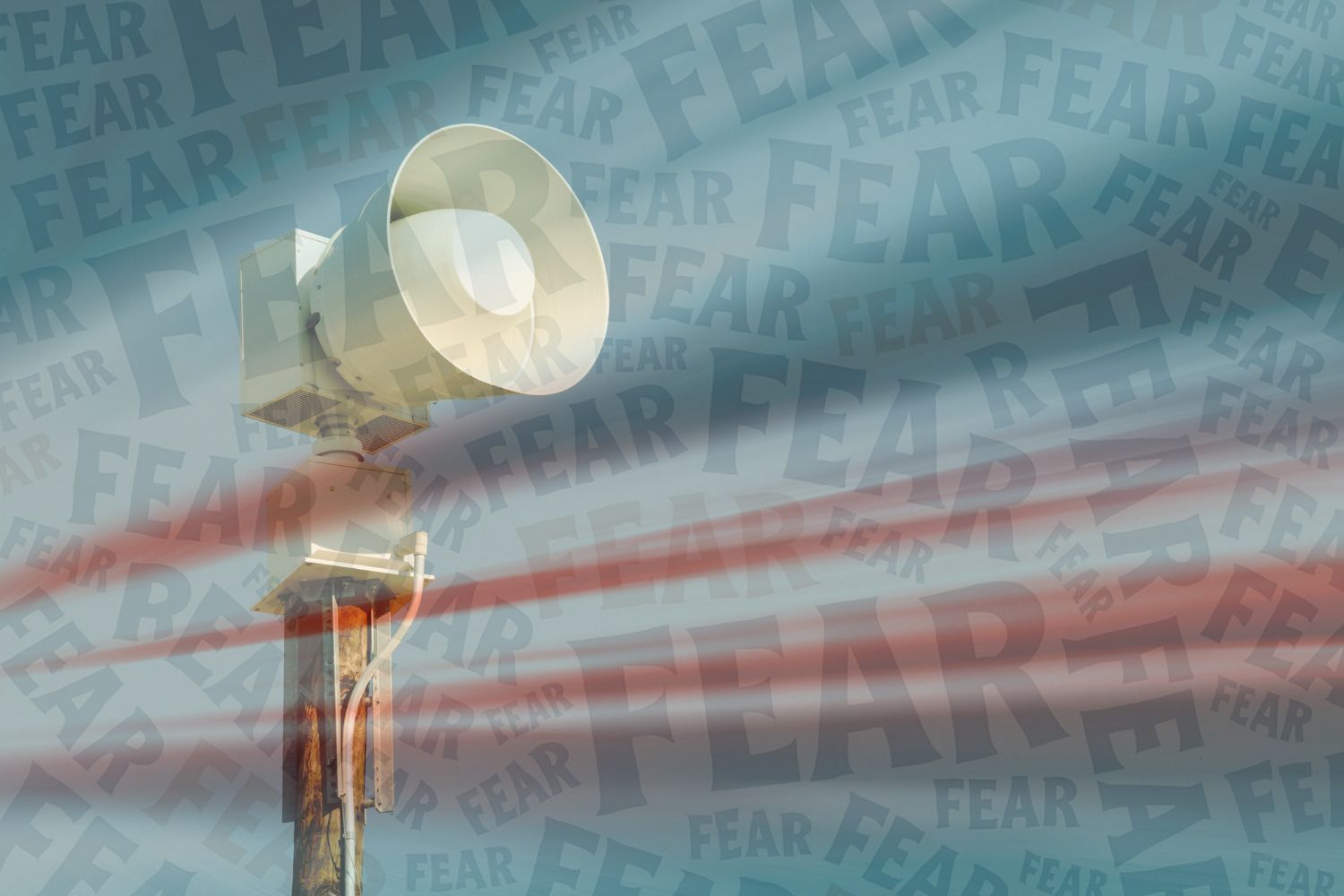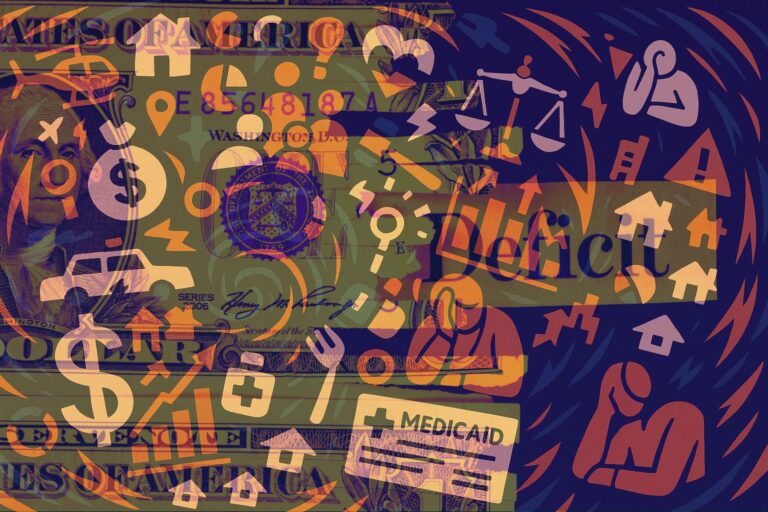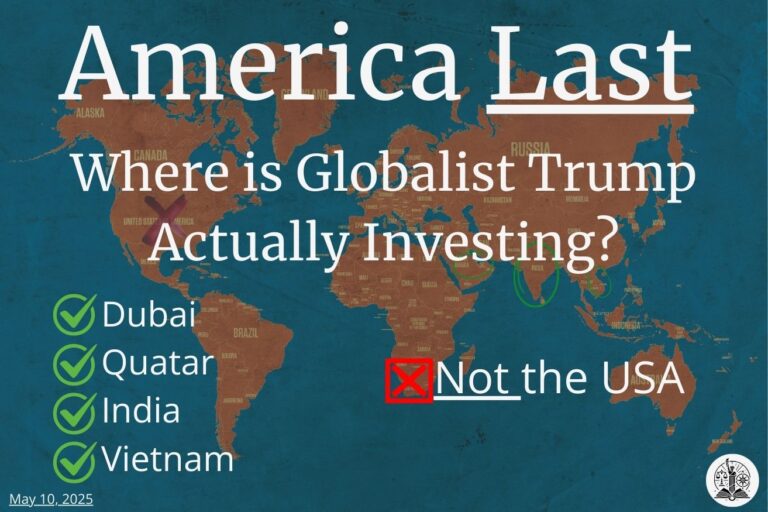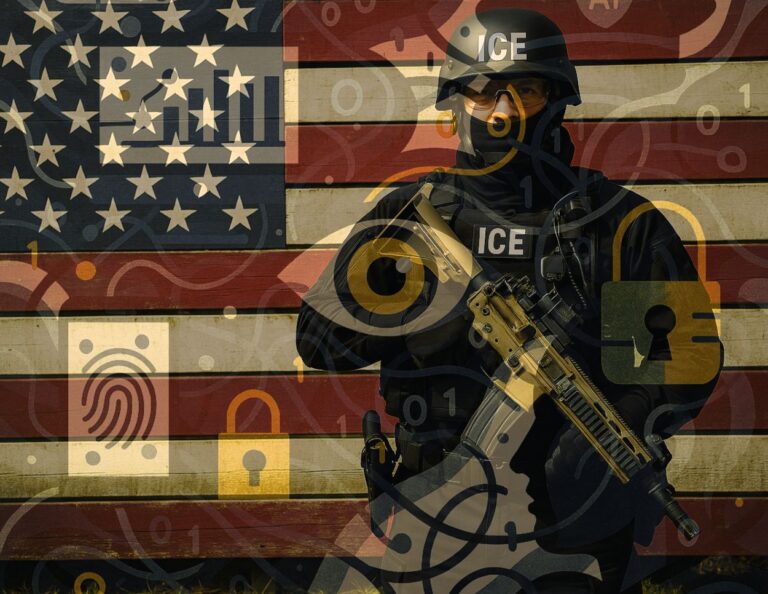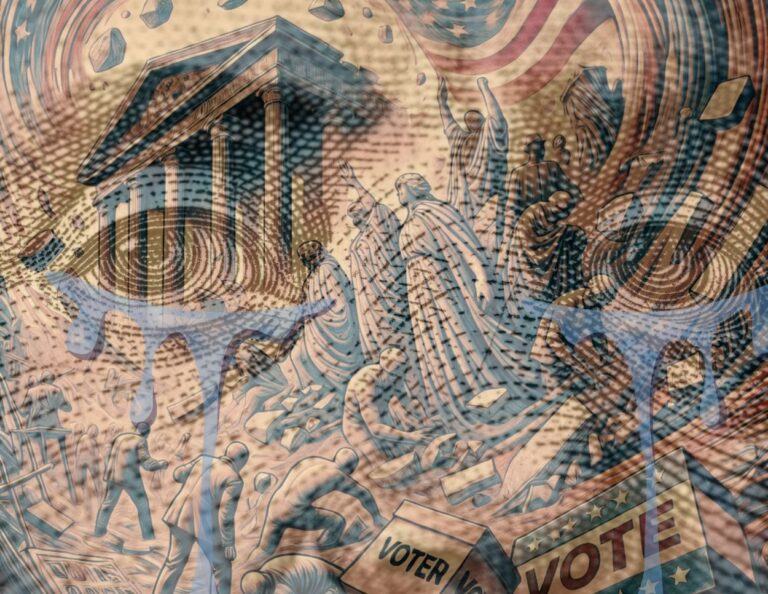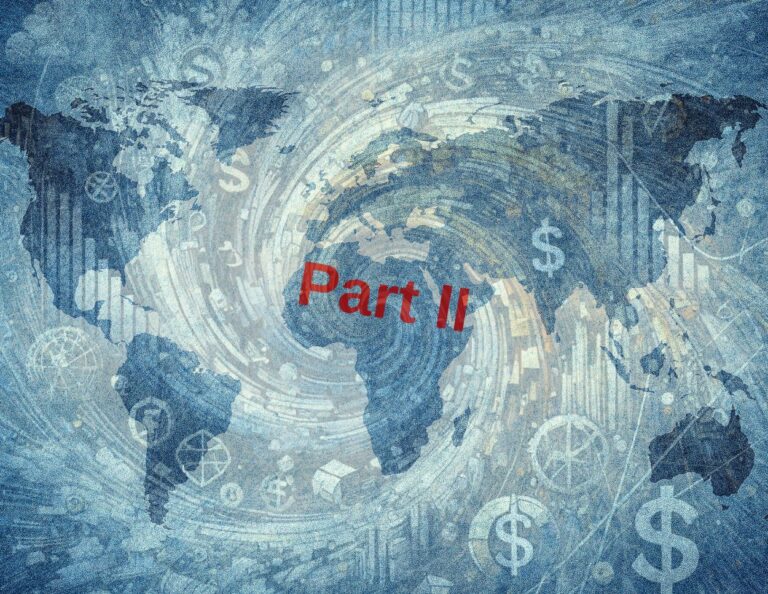Ruling Through Manufactured Fear and Fake Emergencies
May 10, 2025
tl;dr
Since returning to office, Trump has declared four new national emergencies. A fifth, started under Obama, was quietly extended. None of them involve an actual crisis. They’re being used to push long-term political goals without going through Congress. Emergency powers give the president broad authority with little oversight. Used too often, they turn policy into a one-man operation. This piece breaks down each declaration, how the system makes it easy to abuse, and what it will take to stop the cycle.
Emergency Powers Were Meant for Moments, Not Agendas
Since January 2025, the federal government has been operating under five separate national emergencies. Four of them were declared by Trump in his first months back in office. One was extended from an earlier order signed during the Obama administration.
None of these emergencies came from a natural disaster, a war, or a major public crisis. They were political decisions. Each one gave the president more power without needing approval from Congress. Each one avoided the usual process of writing laws, gathering public input, or building support.
Calling something an “emergency” changes how people respond. It creates a sense of urgency, even when the facts don’t support it. It gives the president tools to act quickly and quietly. And when it’s used over and over again, it becomes a habit.
These powers are being used to bypass normal government, ignore the founders’ intent of the Constitution, and concentrate power in the hands of one office. The more it happens, the more it shapes how our country works. And the harder it becomes to reverse.
What the Five “Emergencies” Actually Are
Since January 2025, Trump has declared four new national emergencies. One more, originally signed by President Obama, was quietly extended. These emergencies are being used to push long-term political goals. None of them involve sudden disasters or surprise threats.
- Energy Emergency
Declared January 20, 2025
Declared on day one. It was used to remove environmental rules, fast-track fossil fuel production, and block climate-focused regulations. There was no energy shortage or crisis. This was about clearing the path for oil and gas companies. - Border Emergency
Declared January 20, 2025
Framed immigration as a national security threat. This allowed the military to be deployed at the border and increased construction of physical barriers. It also expanded surveillance and detention efforts. The message was fear-based, but the numbers don’t support it. - Cartel Emergency
Declared January 20, 2025
Declared to label certain drug cartels as terrorist groups. This gave law enforcement more tools to freeze assets and widen surveillance. While drug trafficking is serious, calling it terrorism changes how the law is used and who gets caught in the dragnet. - Trade Emergency
Declared April 2, 2025
Used to target foreign trade practices, especially with China. This emergency let the president apply new tariffs and block certain imports without going through Congress. The justification was national security, but the goal was economic control. - Cybersecurity Emergency
Originally declared April 1, 2015; extended March 29, 2025
First declared by Obama and extended every year since. While the threat of cyber attacks is real, this should have moved to a congressional debate within a year of the initial declaration, rather than have continued renewals through both Trump and Biden. Also, since the Trump administration cut funding and staff from cybersecurity programs, this raises questions about whether the extension was for security or re-allocating power.
None of these declarations address any substantive or immediate danger. They’re just labeled as emergencies to speed up action by the executive branch without working with congress or agencies to create substantive policy.
Why Use Emergency Declarations? Because They Work.
Declaring a national emergency gives the president a special set of powers. These powers were meant for rare situations where fast action is needed. But in practice, they’re being used more often and for things that could go through the normal process.
Here’s why they’re used so often:
- They give the president authority without needing new laws.
Congress doesn’t have to vote. The president can act right away. - They unlock tools that are usually off-limits.
This includes freezing assets, deploying the military, changing how money is spent, and placing limits on trade. - They are hard to challenge once they’re in place.
Congress technically can vote to end them, but it rarely does. It’s a slow and difficult process, and many lawmakers don’t want to take the political risk. - They don’t expire unless the president ends them.
Some emergencies last for years, even decades. They just keep getting renewed quietly in the background.
Once an emergency is declared, it becomes easier to act without debate or pushback. That’s why Trump is using them. Not because he and his associates have no choice, but because they can.
The Shift From Government to Permanent Crisis Mode
Emergency powers were meant to be used in rare moments. They were created for real crises that required fast action. But over time, they’ve become part of how presidents manage regular policy decisions.
When emergencies become routine, it changes how the government works and how the public responds.
- People stop paying attention.
When everything is called an emergency, nothing feels urgent anymore. The word loses meaning. - Congress fades into the background.
Laws are supposed to be made by elected representatives. Emergency powers let the president skip that step. - Public debate gets weaker.
If decisions are made in the name of a crisis, there’s less time for discussion. People don’t get a say. - Temporary powers start to feel permanent.
Many of these declarations don’t go away. They stay in place for years, often with little notice or explanation.
Over time, the country starts running on crisis mode. What was supposed to be rare becomes a normal part of how power is used.
The Real Cost of Governing by Fear
When leaders constantly use fear to push policies, it changes how the country works. Fear can be a powerful way to get people to act quickly. But it also leaves out facts, limits debate, and weakens trust.
Here’s what happens when fear becomes a main tool of government:
- Oversight gets weaker
Emergency actions often skip the usual review process. Congress and the courts are less involved. That means fewer checks on what the president can do. - Debate starts to disappear
If something is called an emergency, there’s pressure to act fast. That leaves little time for public input or questioning. - The public gets shut out
People don’t get to vote on emergency actions. Many of these decisions happen without warning or public discussion. - Fear takes the lead over facts
When fear is used to explain everything, people are more likely to accept big changes without clear reasons. Policies are pushed through before anyone has a chance to ask if they’re really needed. - Each use makes the next one easier
Once emergency powers are used for one issue, it becomes easier to use them again. Over time, it starts to feel normal.
The cost of ruling this way is hard to see at first. But it adds up. It changes how decisions are made, who gets to weigh in, and how much control the public still has.
How Do We Get Out of This Cycle?
Emergency powers were meant to be used rarely and carefully. But right now, they’re being used too often and with little pushback. Changing that won’t be easy, but it is possible.
Here are some steps that could help:
- Congress needs to act
Lawmakers can vote to end national emergencies. They can also pass new rules to make sure these powers have time limits and real oversight. - The public needs to pay attention
People should know when emergency powers are being used and what they’re being used for. If voters start asking questions, it puts pressure on leaders to be more careful. - The word “emergency” should mean something again
Right now, it’s being stretched to cover everything from trade policy to immigration. There should be a higher standard for what counts. - News outlets and watchdogs should follow the money and the power
It’s not enough to repeat announcements. Reporters should investigate how these powers are used, who benefits, and what’s being hidden. They also need to assert themselves. Call a spade a spade.
- We should rebuild the habit of regular government
Decisions about major issues should go through debate, public input, and a vote. That takes more time, but it’s how democracy works.
Ending the overuse of emergency powers starts with setting limits, raising expectations, and holding leaders accountable when they overreach.
